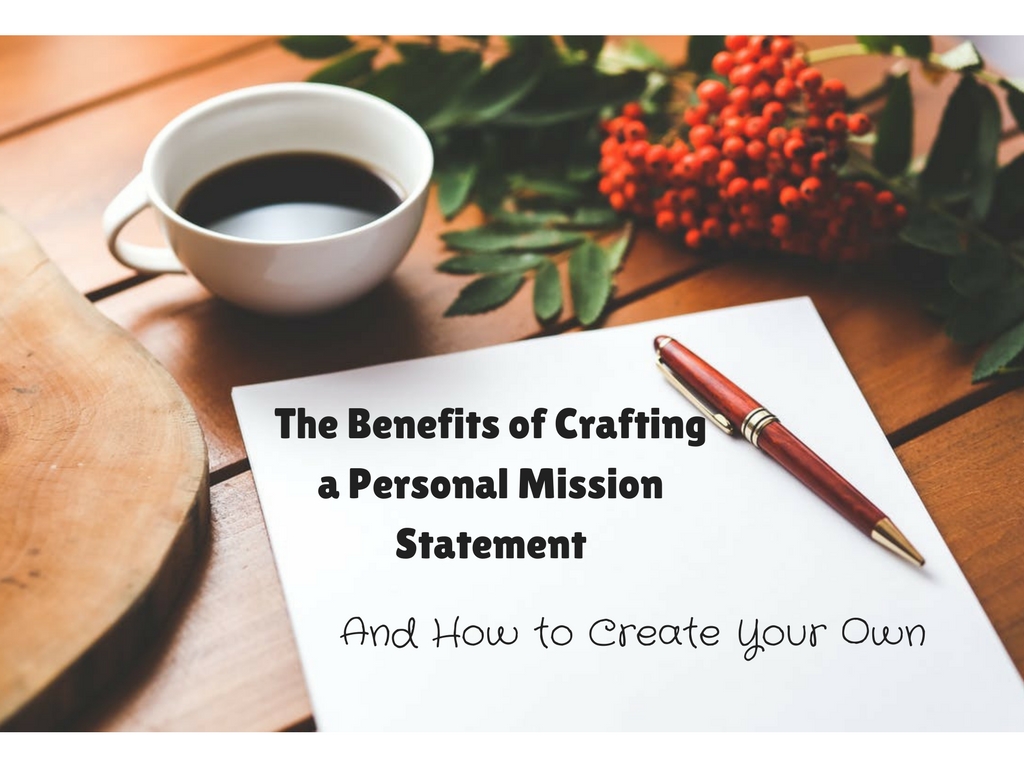Become a Member for as little as $4/mo and enjoy unlimited reading of TSLL blog.
~The Simple Sophisticate, episode #173
~Subscribe to The Simple Sophisticate: iTunes | Stitcher | iHeartRadio

“To be a teacher. And to be known for inspiring my students to be more than they thought they could be.” —Oprah Winfrey’s mission statement
The first time I sat down to write my personal mission statement after reading Stephen Covey’s The 7 Habits of Highly Effective People, it took some time. I was in my early twenties, and while I had what I thought was a very clear vision, when I had to put it on paper, concretely define my values, I realized this wasn’t something I had done. Loosely I knew what I valued, but I had never examined why; however, upon tasking myself with the goal of completing a mission statement, I reread and reread what I wrote observing a succinct, pointed direction I was to travel.
After about 10 years, I began to tweak and fine-tune even further what my personal mission statement, and when TSLL blog began in 2009, it wasn’t long before I had a mission statement for it as well (see it below or here)
The Simply Luxurious Life is something I believe every one of us can attain if indeed we are seeking quality rather than quantity, sensibility rather than frivolity, personal style instead of trendy fashion and a truly fulfilling life instead of being led around by the nose, thereby creating a life of true contentment.”
The benefit of having a personal as well as professional mission statement is a means to clarify your purpose for walking the path, traveling the journey, you are on. In last week’s episode, in point #5, I shared a list of questions as a way to help ensure we know why we are doing what we are doing. When it comes to a mission statement, we are required to become aware of what we value and what we do not.
Franklin-Covey has an online tool to help you clearly and quite specifically narrow down what you do and do not value. I encourage you to check it out as it will help you create a mission statement to guide you through your days, focus on what truly drives you through life and help you relinquish what is no longer serving you and ultimately society’s way of leading you around by the nose.
Another source of inspiration is Gretchen Rubin of The Happiness Project. Described as a Happiness Manifesto, the concept is similar, yet slightly different with regards to a personal mission statement. However the goal is to lead you to your true contentment which is exactly what creating your mission statement will do. How? By keeping you on the right track, assisting in making decisions by eliminating options that do not align with what you value, creating a vision and providing an anchor when change around you inevitably happens.
Crafting my own personal mission statement is something I have just recently redone as a new stage feels like it is beginning. As I reflect on where I want to go, knowing how I arrived at where I am is helpful as well.
So where do we begin? Begin simply.
1. Clarity about what you welcome into your life: What do you value? What do you not value?
2. Self-knowledge: When do you feel at your best? your worst? What are your strengths? What causes you pain?
3. Work: What aspects/tasks/responsibilities do you love? dislike?
4. Behavior: What behavior are you drawn to and most admire and appreciate in others? What behavior are you most proud of in yourself?
5. Dreams for the future: What do you hope your legacy will be? What is the biggest, most frequent dream you have about your life that refuses to leave your mind?
6. Well-Being: What physical, mental, social and spiritual activities renew, refresh and return you to your best?
Key components:
- Be clear: more concrete, less abstract or general (view The Smithsonian’s Mission Statement for examples of specificity)
- Be succinct: fewer words are better (see Oprah’s example above)
- Add your personality: write with your voice (i.e. Ben & Jerry’s mission statement: “Making the best possible ice cream, in the nicest possible way”)
- Be inspired: write something that prompts you to take action each time you read it (Amanda Steinberg, founder of DailyWorth.com: “To use my gifts of intelligence, charisma, and serial optimism to cultivate the self-worth and net-worth of women around the world.”)
One of the most significant take-aways for me when I began with the structure provided by Franklin-Covey, but then tweaked it after reading Gretchen Rubin’s design was to be okay with not achieving everything. Why? What I realized was that much of what I wanted to achieve was because I thought I had to. In other words, there were some goals I was focused on that I wasn’t passionate about but perhaps would be applauded by the outside world.
One suggestion Rubin makes is to focus on what you do well and strengthen your talents rather than dilute the finite energy you have as you spread yourself thin to learn every skill you have the opportunity to acquire. One of the directives in my mission statement is included in Rubin’s statement as well and states, “Do more of what I can do uniquely and less of what others can do.” Ultimately, that is the power of a mission statement: It focuses your attention on what you can do well and enables you to reach your fullest potential and experience true contentment as you realize what you are capable of achieving.
Find an afternoon at some point this week or weekend and partake in the process of creating your own mission statement. Initially it may be a struggle, but eventually, the clarity will arrive and you will be quickly writing down what you know to be true for you and you uniquely.
Then write it out neatly after a few edits or days of contemplation and perhaps, if you’re like me, laminate it and post it somewhere to be viewed regularly (mine is in my office pinned to my wall calendar).
What you will have crafted is in written form your purpose. Should you forget, should life begin to whisk by too quickly, find a moment to catch your breath, read your mission statement and be reminded of what truly matters to you. In many ways our mission statement gives us permission to let go or to step in a direction that may not make sense to others at the time. But so long as you know why you are doing what you are doing, do what you need to do.
~SIMILAR POSTS FROM THE ARCHIVES YOU MIGHT ENJOY:
~Why Not . . . Find Your Purpose?
~Why Not . . . Discover Your Purpose? (3 part series)
Petit Plaisir:
~The French Chef in America: Julia Child’s Second Act by Alex Prud’homme
~Image shared originally on TSLL’s Instagram~
[podcast src=”https://html5-player.libsyn.com/embed/episode/id/5696633/height/90/width/700/theme/custom/autonext/no/thumbnail/yes/autoplay/no/preload/no/no_addthis/no/direction/forward/render-playlist/no/custom-color/d0d4b9;color: #6f7056 !important/” height=”90″ width=”700″]




Shannon,
Loved this morning’s blog. Thought I’d better let you know that the Franklin Covey link isn’t working correctly. It leads to an error message.
Karin, Thank you for letting me know. 🙂 All should be fixed. Here is the link directly – https://msb.franklincovey.com
I, too, loved this post! Would like to also suggest Michael Hyatt’s LIVING FORWARD. He suggests beginning by writing your eulogy or obituary — a lot harder than one might think — meaning for what and how do you want to be remembered. (In the US, the Kindle version is currently free for prime members.)